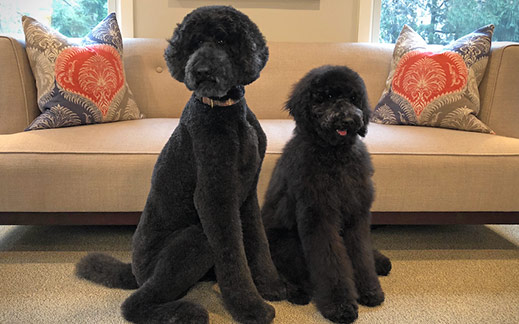Too early for this gift-giving season, but for those who want pictures of every moment of their life, the Memoto Lifelogging Camera will be available in April 2013. Put it on your wish list.
It’s tiny (billed as the world’s smallest wearable camera), takes two pictures per minute, and facilitates sharing. For a dedicated life-logger, that could amount to an enormous number of photos, so Memoto designed a clever search and geo-tagging system to combat data overload. Sounds cool, like something Q would cook up for 007.
But what are the privacy implications of an unobtrusive camera that can take pictures non-stop for two days? On the site, Memoto advises, “Legally, you may photograph what you want, as long as you don’t obviously infringe someone else’s integrity or violate an official photo ban.”
There are plenty of laws around copyright and photo usage rights in social media. But how about the rights of the subjects being photographed? Laws vary, but in most locations, there are restrictions on what may be photographed – public or private property, secure areas of government buildings, works of art or other copyrighted items, polling places, people without their consent, public restrooms and so forth. With such a tiny camera how can any of these restrictions be enforced? Who would know photos were being taken? And suppose one simply doesn’t want to be photographed, regardless of the intent?
Maybe it’s all over for privacy. The technology and sheer volume of shareable images will win out and challenge previous definitions for photo usage and required permissions.
Or maybe what’s next is an invisibility cloak that senses when you’re being photographed without permission and scrambles the image beyond recognition.

 See what they have to say
See what they have to say